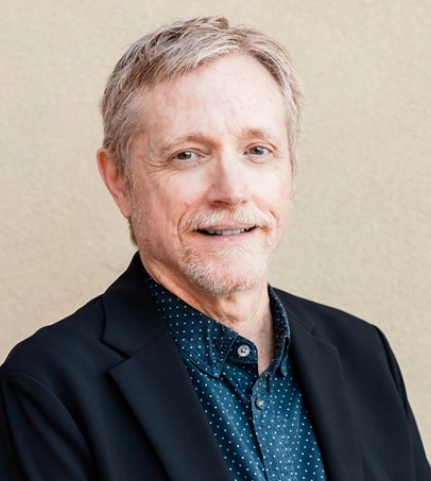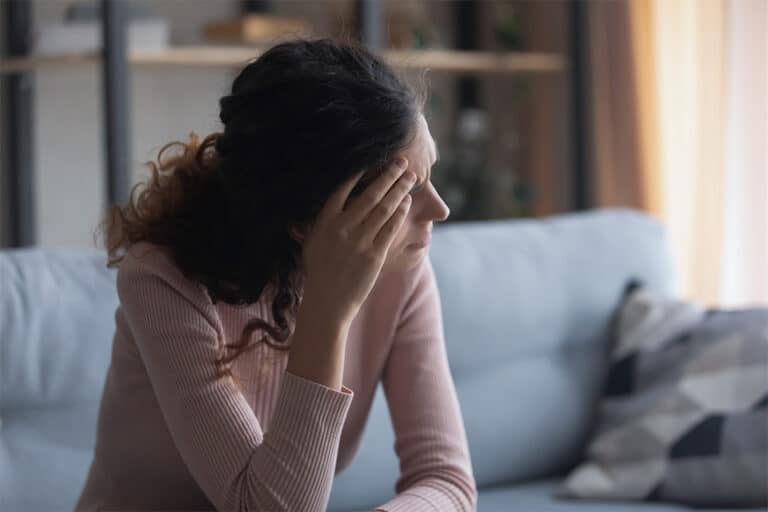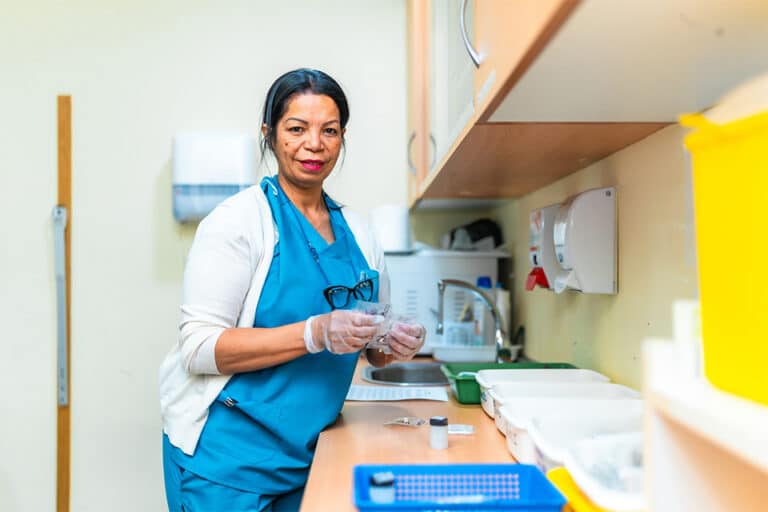Opioid treatment programs (OTPs) are designed to help people recover from opioid addiction, yet many patients find themselves frustrated by unnecessary barriers, inadequate care, and a lack of compassion in these programs. Stories from patients switching to Community Medical Services (CMS) reveal common issues: restrictive methadone dosing policies, long waitlists, unnecessary take-home dose restrictions, and impersonal medical oversight. Instead of receiving patient-centered care, many feel like they are navigating a system that treats them as a problem rather than a person in need of support.
Why do so many OTPs fall short? The answer lies in deep-rooted stigma, excessive regulations, and outdated policies that prioritize control over effective treatment. Many programs still operate under the harmful belief that patients must “earn” their right to care, failing to recognize addiction as a medical condition that requires comprehensive, evidence-based support.
In this article, we’ll explore the biggest challenges facing OTPs today and the misconceptions that can prevent these programs from truly helping people recover. More importantly, we’ll discuss how modern, patient-focused treatment approaches, like those at CMS, can break these barriers and provide people with the support they need to rebuild their lives.
Stigma in Opioid Treatment Programs
For years, the stigma against people who use drugs has caused OTPs to deliver care that is below the standard for mainstream medicine. Beyond many people believing that patients need to “earn” the right to treatment, some OTP providers are focused on the bottom line and “cut corners.” This may involve frequent clinic dosing and drug testing to increase their income while minimizing services from medical providers and counselors.
Some patients struggle with a self-imposed stigma, thinking that they don’t have the right to demand quality treatment. This is emphasized at the state and federal levels, as both have generated excessive regulations that are burdensome for both patients and treatment providers. Unfounded beliefs on the personal, clinical, and government levels can significantly impact the quality of care that patients experience in opioid treatment programs.
Myths That Create Bad Treatment Experiences in OTPs
Misinformation and stigma continue to shape many opioid treatment programs (OTPs), leading to policies and practices that fail to meet patients’ needs. Outdated beliefs about addiction, excessive regulations, and a lack of understanding from medical professionals create unnecessary barriers to care. These myths not only harm individuals seeking treatment but also contribute to the ongoing opioid crisis by making it harder for people to access the support they need.
The outdated myths described below have led to harmful policies, unnecessary barriers, and a failure to provide the quality of care that patients deserve. At Community Medical Services, we believe in treating opioid use disorder as the medical condition it is—with dignity, respect, and a commitment to patient-centered care. If you or a loved one needs help, we’re here to provide the support, treatment, and guidance you need to reclaim your life.
1. People with Opioid Addiction Are Weak and Just Need to Quit
One of the most damaging misconceptions about opioid addiction is that it’s a sign of weakness or a bad habit that people can simply “quit” with enough willpower. The truth is that opioid addiction affects people from all walks of life, many of whom were first prescribed opioids for legitimate medical reasons before developing dependence.
Addiction is not a moral failing; it is a complex medical condition. Opioids rewire the brain, making withdrawal symptoms and cravings so intense that, for many, quitting without medical support is nearly impossible. Without proper treatment, most individuals attempting to stop opioids on their own relapse, often putting themselves at greater risk of overdose.
2. Providers Don’t Want to Treat “Those Patients” in Their Medical Practices
A significant barrier to effective opioid treatment is the reluctance of some healthcare providers to work with individuals who have opioid use disorder. Many doctors, nurse practitioners, and physician assistants receive little training in addiction treatment and may hold negative biases against these patients.
What many providers don’t realize is that addiction is prevalent in nearly every area of medicine, whether they acknowledge it or not. By refusing to engage in addiction treatment, they are missing an opportunity to help people suffering from a treatable medical condition. With the right knowledge and approach, medical professionals can make a profound impact on their patients’ lives and help break the cycle of addiction.
3. More Rules and Regulations Improve the Quality of Addiction Treatment
Opioid treatment programs are already the most heavily regulated area of medicine, far more so than any other medical specialty. While some regulations are intended to ensure patient safety, excessive and outdated rules often create more harm than good. For OTPs to be more effective, regulatory policies should focus on increasing access to care, reducing stigma, and prioritizing patient well-being, rather than imposing burdensome requirements that serve little medical purpose.
The federal government updated the rules regarding OTPs in April 2024. These changes were a welcome revision of decades-old policies that desperately needed changing. There are still areas of the federal regulations that need improvement, but this update has been a step in the right direction.
For example, federal regulations still require an in-person examination when starting methadone treatment, making it harder for patients in rural or underserved areas to access care via telemedicine. Additionally, many states have added their own restrictions beyond federal guidelines, creating unnecessary barriers for both patients and providers. These overly complex rules do not improve care. Instead, they make it more difficult for individuals to start and remain in treatment.
While the new regulations are a positive development, it is up to the individual OTPs to implement these regulatory changes – and many of them have been slow to make changes in their treatment protocols. It is critical for OTPs, which are on the front line of the battle against opioid addiction and overdoses, to embrace the changes in regulations and allow patients more freedom while providing safe and effective care. In addition, we should all be working with state regulators and legislators to abolish outdated and unnecessary state regulations that create barriers to care.
4. Providers Might Get Sued If Their Patient Overdoses
Some healthcare providers avoid fully engaging in opioid treatment out of fear of legal liability. There is a misconception that if a patient overdoses on fentanyl, it is the patient’s responsibility, but if they overdose while on methadone or buprenorphine, it becomes the provider’s problem. This fear often leads to overly cautious prescribing practices, slow dose increases, and inadequate maintenance doses, all of which put patients at risk.
When medication doses are too low, patients may continue to use street opioids to manage withdrawal, increasing their risk of overdose. In some cases, patients become frustrated with ineffective treatment and leave the program altogether, further heightening their danger. Instead of avoiding treatment out of fear, providers should follow medical best practices, apply the latest research, and document clinical decisions thoroughly. Shared decision-making with patients, based on scientific evidence, is the best way to balance safety while ensuring effective care.
5. Patients Using Other Drugs Should Be Denied Take-Home Doses
Many opioid treatment programs refuse to give take-home doses to patients who test positive for stimulants like methamphetamine or cocaine, even though these substances do not interact with methadone in a way that causes people to stop breathing and overdose. Denying medication for opioid use disorder because of unrelated substance use is like refusing to treat diabetes because a patient has high cholesterol—it makes no medical sense.
While closer monitoring is necessary when patients use other sedating substances, such as benzodiazepines or alcohol, a blanket refusal of take-home doses for stimulant users only creates unnecessary obstacles. Patients should not be forced into daily clinic visits unless there is a legitimate safety concern. Otherwise, excessive restrictions only discourage people from staying in treatment.
6. Medical Providers Have Always Done It This Way, So Why Change?
Many OTPs resist updating their practices simply because they have been operating the same way for years. However, medicine is constantly evolving, and addiction treatment should be no exception. New research has discredited outdated treatment approaches, and we now know that practices like strict methadone dose limits, excessive in-person requirements, and forced tapers can do more harm than good.
Just as we expect primary care doctors to stay up to date with the latest advancements, addiction specialists must also adapt to evidence-based practices that improve patient outcomes. The best treatment programs continually evaluate and adjust their protocols to align with the latest science and ensure that patients receive the best possible care.
7. Medication-Assisted Treatment Is Just a “Crutch”
One of the most dangerous myths about opioid use disorder treatment is the idea that medications like methadone, buprenorphine, and naltrexone are just substitutes for illicit opioids. In reality, these medications save lives by stabilizing brain function, reducing cravings, and allowing individuals to focus on rebuilding their lives.
Unlike street opioids, medications for opioid use disorder do not cause the same euphoric high when taken as prescribed. They allow people to feel normal and function without withdrawal symptoms. While some patients may eventually choose to taper off, there is no medical urgency to stop treatment if the medication is providing significant benefits. Tapering off should be a personal decision made by the patient, not something forced upon them by a provider, family member, or counselor. Just like managing a chronic disease, long-term medication may be necessary for some individuals to maintain stability and prevent relapse.
At Community Medical Services, medication-assisted treatment is combined with counseling, peer support, and case management to provide a comprehensive, patient-centered approach to recovery.
Building a Better Future for Opioid Treatment
Improving opioid treatment programs requires action at every level—from patients and families to healthcare professionals, policymakers, and treatment providers. The current system is weighed down by outdated regulations, stigma, and ineffective policies that make it harder for people to access the care they need.
But change is possible. When patients advocate for their rights, families offer support without judgment, and medical professionals commit to evidence-based, compassionate treatment, we can transform the way opioid use disorder is treated. Policymakers and treatment programs also have a responsibility to eliminate unnecessary barriers and prioritize patient-centered care. No matter your role, there are ways to contribute to a future where opioid treatment is accessible, effective, and free from stigma.
For Patients: Your Recovery, Your Rights
If you are working toward recovery, you should be proud of yourself. Opioid use disorder is a medical condition, not a moral failing, and you deserve to be treated with dignity and respect. No one else should dictate what your recovery looks like—you have the right to advocate for yourself and demand high-quality medical care.
Beyond your own journey, you have the power to educate others. Many people, including medical providers, family members, and even other patients, still hold harmful misconceptions about addiction treatment. Sharing your experiences can help challenge these stigmas and shift attitudes toward more compassionate, evidence-based care.
For Families: Support Without Judgement
If someone you love is struggling with addiction, the most important thing you can do is be there for them without judgment. You may not always agree with their choices, but showing love, support, and understanding will help far more than criticism.
Educating yourself about addiction and treatment options can make you a stronger advocate. If your loved one is open to it, being involved in their recovery process can provide additional encouragement. However, support doesn’t mean control—let them take the lead in their own recovery journey.
For Addiction Professionals: Challenge Bias and Embrace Change
Counselors, doctors, and medical providers play a crucial role in shaping the future of opioid treatment. Self-reflection is key—are there biases or outdated beliefs influencing how you approach patient care? Are you staying up to date on harm reduction, trauma-informed care, and motivational interviewing?
Providing the best possible care means continuously learning and evolving. Commit to using the latest research in addiction medicine and ensure your treatment approach is rooted in compassion, respect, and evidence-based practices.
For Policymakers and Regulators: Remove Barriers, Not Access
Regulations can either improve or hinder access to life-saving treatment. Unfortunately, many existing policies do more harm than good, creating unnecessary barriers for both patients and providers. If you have the power to influence policy, be a champion for change—prioritize patient well-being over bureaucratic control.
Rather than maintaining outdated rules, policymakers should actively review and revise regulations to ensure they support, rather than restrict, access to care. Eliminating excessive state restrictions and aligning policies with current medical research will allow more people to receive the treatment they need.
For Opioid Treatment Programs: Prioritize Patients Over Policies
If you work in or manage an OTP, take a critical look at your organization’s policies and procedures. Ask yourself:
- Are we truly meeting the needs of our patients?
- Do we follow a harm reduction model?
- Are we making treatment accessible, or creating unnecessary barriers?
- Are we providing care that aligns with the latest SAMHSA guidelines and scientific research?
Every patient should feel valued, respected, and supported in their recovery journey. Training staff in trauma-informed care, motivational interviewing, and harm reduction principles can make a significant difference in patient outcomes.
Find Patient-Centered Opioid Treatment at Community Medical Services
Opioid treatment programs should be a pathway to recovery—not another obstacle to overcome. Yet, outdated regulations, stigma, and ineffective policies continue to prevent many people from getting the care they need. By challenging harmful myths, advocating for patient-centered approaches, and embracing evidence-based treatment, we can create a system that truly supports recovery.
If you or someone you love is struggling with opioid addiction, you don’t have to face it alone. At Community Medical Services (CMS), we provide compassionate, evidence-based treatment designed to meet you where you are. Our medication-assisted treatment (MAT) options, counseling, and support services can help you take the first step toward a healthier, more stable future.
Recovery starts with a conversation. Contact Community Medical Services today to learn more about your treatment options and take the first step toward reclaiming your life.












